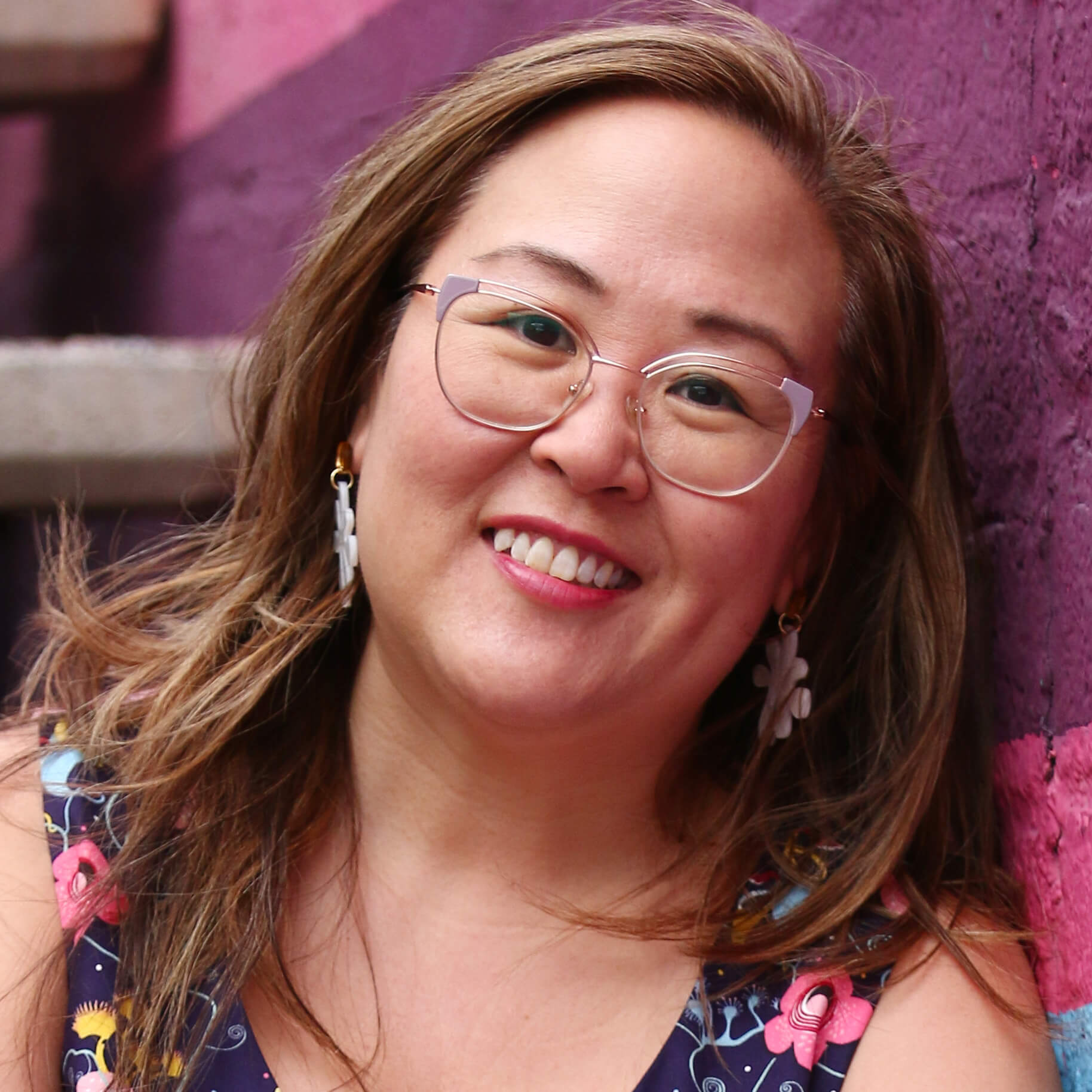Since 1978, a group of top editors has surveyed their peers in U.S. newsrooms. But on the 40th anniversary of this report, which measures the pulse of diversity, the details aren’t being released on time. The American Society of News Editors, which administers the newsroom diversity survey, announced during its annual convention in September that it had not received enough responses.
According to ASNE, less than 14 percent of newsrooms surveyed (234 of about 1,700 newspapers and digital media outlets) submitted their data on time; as a result, news leaders now have until Oct. 12 to send in their information. Last year’s numbers were released with about 40 percent of surveyed newsrooms participating.
ASNE reaches out to newsrooms with daily print products as well as online-only news sites to take part in the survey. Digital newsrooms were added to the survey in 2007, and that year, overall diversity numbers showed improvement — but only because of the addition of the online-journalist category.
"It's important for everybody, no matter what situation your newsroom is in, to participate,” said Karen Magnuson, editor and vice president/news for the Democrat & Chronicle in Rochester, New York. Magnuson, who also co-chairs ASNE’s Diversity Committee, said identifying trends will allow ASNE to work toward possible solutions to ensure that content creation, hiring and strategic leadership match America’s multicultural workforce.
“We want to be in a position where we’re helping you,” said Teri Hayt, ASNE’s executive director.
Some newsrooms completed the 2018 survey months ago. Mark Russell, executive editor of the Commercial Appeal in Nashville, said he finished his in May.
“Filling out this basic diversity census should be a no-brainer for top editors,” Russell, a member of the ASNE board, said on Twitter.
Several people mentioned that the few responses ASNE received on time likely came from nonprofit organizations in the Knight News Match. The Knight Foundation joined several other organizations that support journalism to prod newsrooms to participate. A coalition representing more than 8,000 Asian American, black, hispanic, Native American and LGBTQ journalists has also urged newsrooms to provide their numbers.
“You always shoot for a 100 percent response rate, but scientists will tell you that’s impossible,” Hayt said. “This year we would like to get more than last year’s.”
The survey — being administered for the first time by University of Virginia associate professor Meredith Clark — has been shortened for the second attempt at data collection. Clark said the full-length survey included categories for freelancers, part-timers, interns and more. Recent ASNE surveys had classified journalists in two broad categories: “newsroom leaders” and “all other journalists.” Clark said she had hoped to get more granular data so that if a newsroom’s journalists of color were not in full-time positions, the loss of those openings would be more accurately reflected in overall diversity.
Notably, for the first time, ASNE — with the assistance of NLGJA: The Association of LGBTQ Journalists — is reaching out to a self-reported group of journalists to identify how many people in newsrooms consider themselves LGBTQ, a group that is not a protected employment class. Recognizing that survey results could potentially identify people within specific markets, Clark said the self-reporting is in the interest of the journalists’ safety.
Later this fall, three case studies drawn from Clark’s interviews of attendees at a variety of summer journalism conventions will be released. People interested in participating can find more information here.







